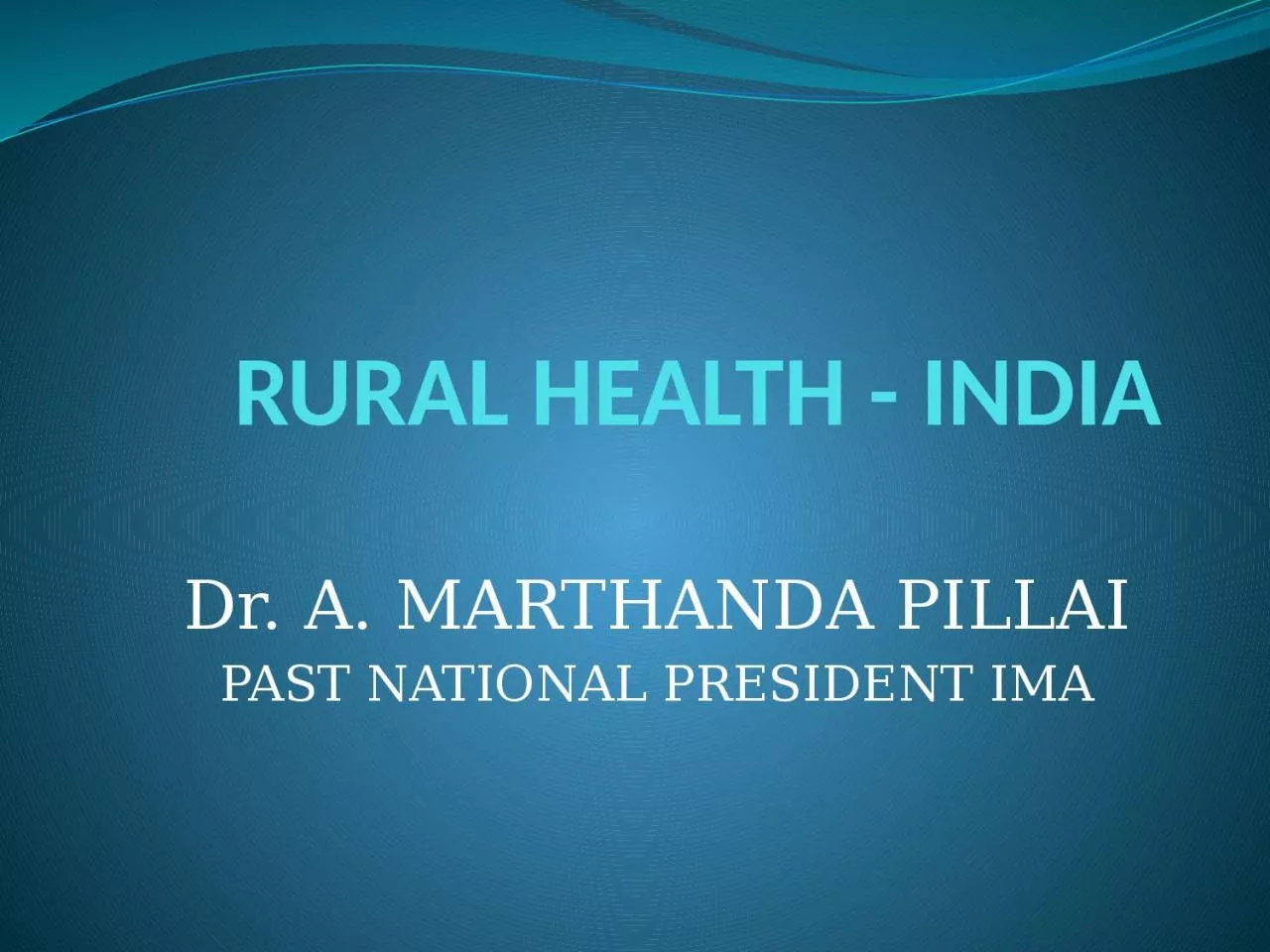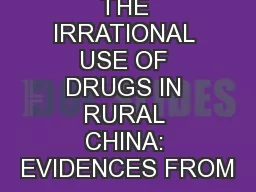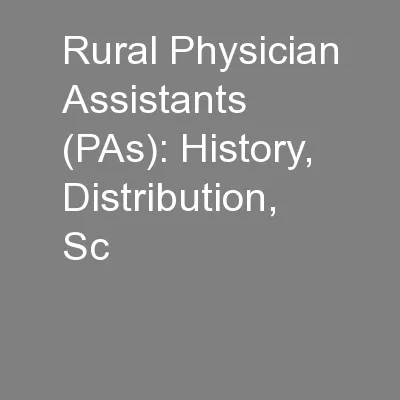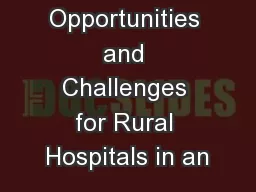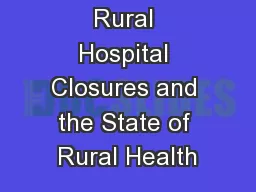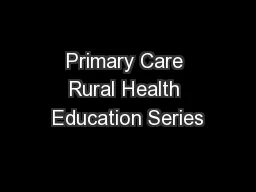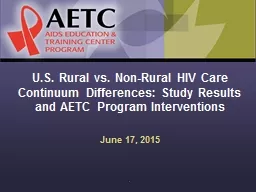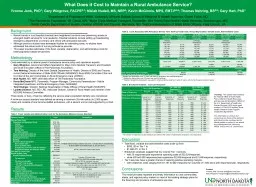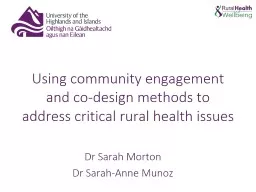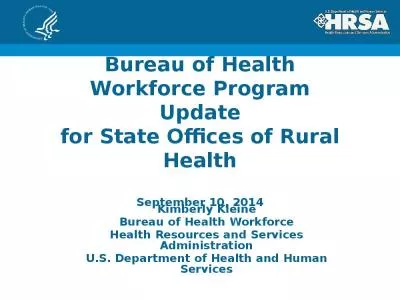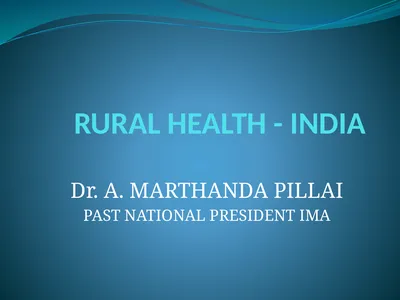PPT-RURAL HEALTH - INDIA Dr. A. MARTHANDA PILLAI
Author : MsPerfectionist | Published Date : 2022-08-01
PAST NATIONAL PRESIDENT IMA IMA VIEW POINTS ON RURAL HEALTH INDIA LIVES IN VILLAGES Mahatma Gandhi Out of Indias Population of 134 Crores 722 lives in 638000
Presentation Embed Code
Download Presentation
Download Presentation The PPT/PDF document "RURAL HEALTH - INDIA Dr. A. MARTHANDA PI..." is the property of its rightful owner. Permission is granted to download and print the materials on this website for personal, non-commercial use only, and to display it on your personal computer provided you do not modify the materials and that you retain all copyright notices contained in the materials. By downloading content from our website, you accept the terms of this agreement.
RURAL HEALTH - INDIA Dr. A. MARTHANDA PILLAI: Transcript
Download Rules Of Document
"RURAL HEALTH - INDIA Dr. A. MARTHANDA PILLAI"The content belongs to its owner. You may download and print it for personal use, without modification, and keep all copyright notices. By downloading, you agree to these terms.
Related Documents

